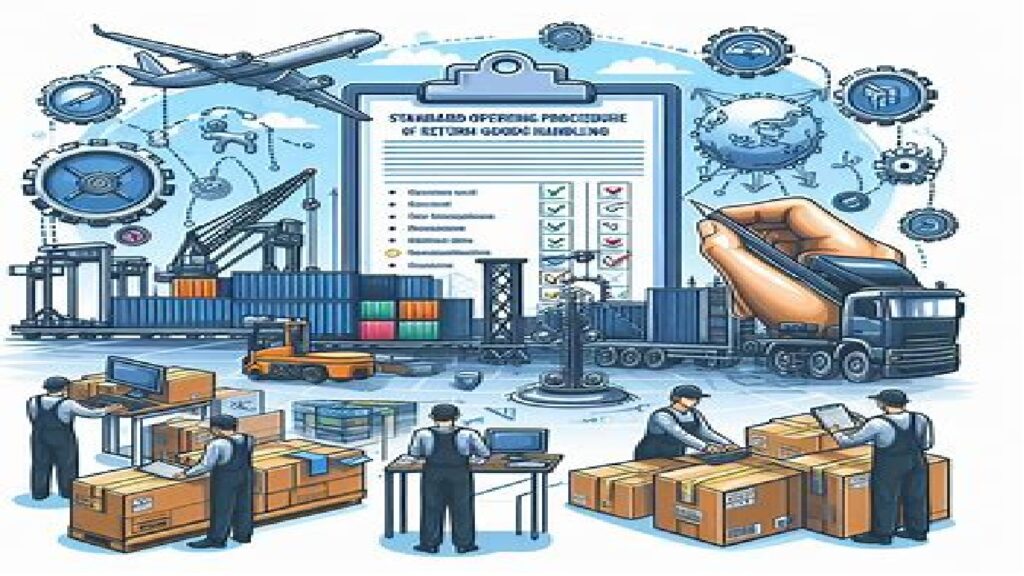Standard Operating Procedure: Return Goods Handling
Discover our comprehensive Standard Operating Procedure (SOP) for Return Goods Handling. This guide ensures efficient, consistent, and compliant processing of returned items, enhancing customer satisfaction and operational effectiveness.
Standard Operating Procedure: Return Goods Handling Read More »


